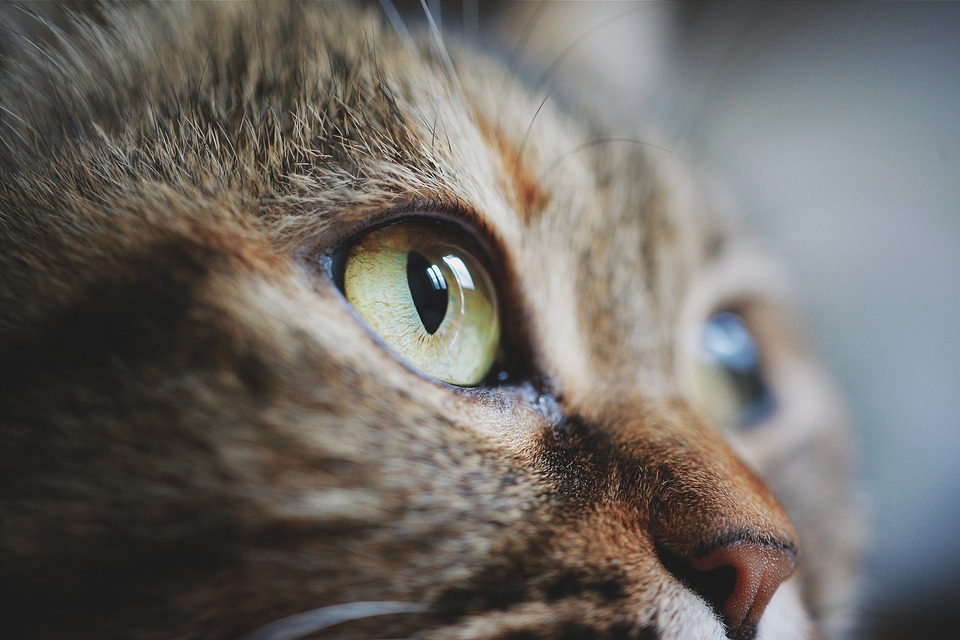Cats are known for their independent nature, but some felines exhibit excessive attention-seeking behavior. This behavior can be challenging for cat owners to understand and address. In this article, we will delve into the psychology behind this behavior and provide valuable insights on how to deal with it effectively.
Excessive attention-seeking behavior in cats can have various causes. One common cause is a lack of stimulation. Cats are curious animals that require mental and physical stimulation to stay engaged and satisfied. When they don’t receive enough stimulation, they may seek attention as a way to alleviate boredom.
Fear or anxiety can also contribute to excessive attention-seeking behavior. Cats that have experienced traumatic events or have a generally anxious disposition may seek constant reassurance and attention from their owners.
Additionally, some medical issues can manifest as attention-seeking behavior in cats. Conditions such as hyperthyroidism or urinary tract infections can cause discomfort, leading cats to seek attention as a way to communicate their distress.
Past trauma or neglect can also play a role in excessive attention-seeking behavior. Cats that have experienced abandonment or neglect in their past may develop a heightened need for attention and reassurance from their owners.
Recognizing the signs of excessive attention-seeking behavior is essential for addressing the issue effectively. Persistent meowing, prolonged pawing or scratching, jumping on counters or furniture, and constantly clinging or following owners are common signs of attention-seeking behavior in cats.
Understanding the psychology behind excessive attention-seeking behavior can shed light on why cats exhibit this behavior. Reinforcement and conditioning play a significant role in a cat’s behavior. If a cat has learned that seeking attention results in rewards, they are likely to continue the behavior.
Emotional bonding and attachment also contribute to attention-seeking behavior. Cats that have formed strong emotional bonds with their owners may seek constant attention to reinforce the bond and feel secure.
Insecurity and a need for assurance can also drive excessive attention-seeking behavior. Cats that feel insecure or anxious may seek attention as a way to gain reassurance and feel more secure in their environment.
Addressing excessive attention-seeking behavior in cats requires a multi-faceted approach. Providing sufficient mental and physical stimulation is crucial. Interactive toys, scratching posts, and play sessions can help keep cats engaged and satisfied.
Setting up a consistent routine can also help reduce attention-seeking behavior. Cats thrive on predictability, so establishing regular feeding, play, and grooming schedules can give them a sense of stability.
Using positive reinforcement and distracting techniques can redirect attention-seeking behavior. Rewarding desired behaviors and redirecting their attention to appropriate activities can help modify their behavior over time.
Creating safe spaces and providing hiding spots is important for cats that seek attention due to anxiety or insecurity. Having designated areas where cats can retreat to when they feel overwhelmed can help them feel more secure.
In conclusion, understanding the psychology behind excessive attention-seeking behavior in cats is crucial for providing the necessary support and guidance to help them develop healthier behavior patterns. By implementing the recommended strategies and consistently addressing their needs, cat owners can create a harmonious environment for their feline companions. Remember, seeking professional advice from a certified animal behaviorist or veterinarian can also be beneficial in specific cases.








